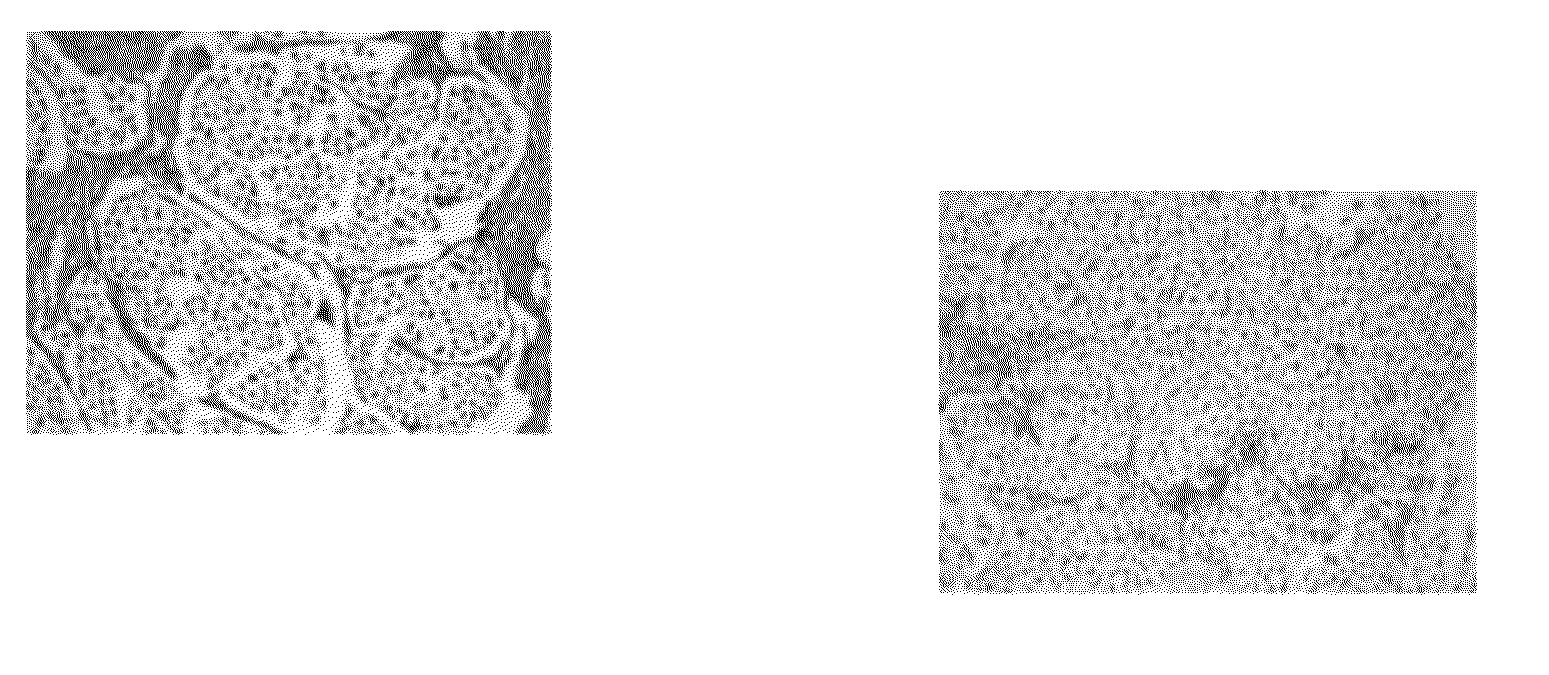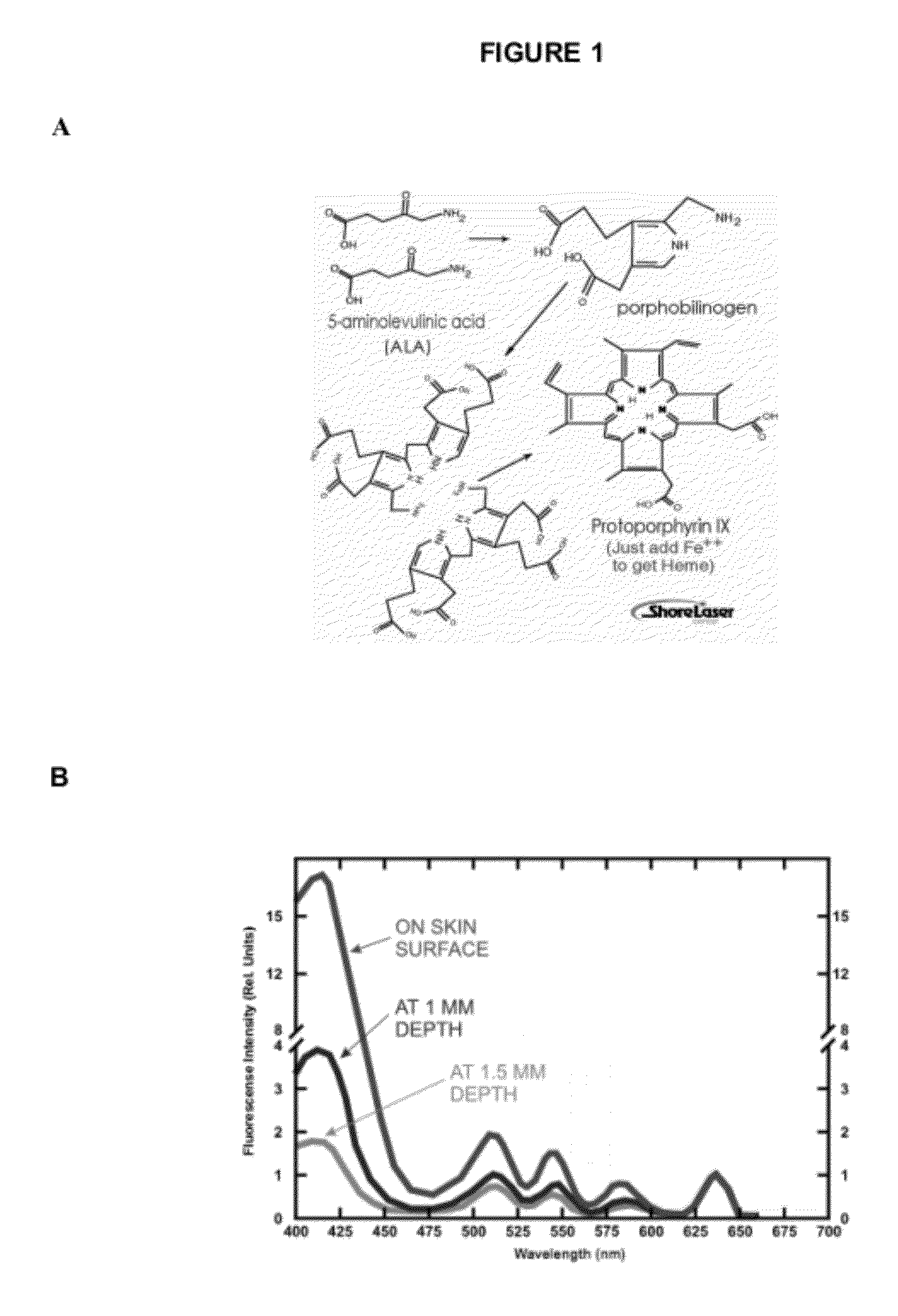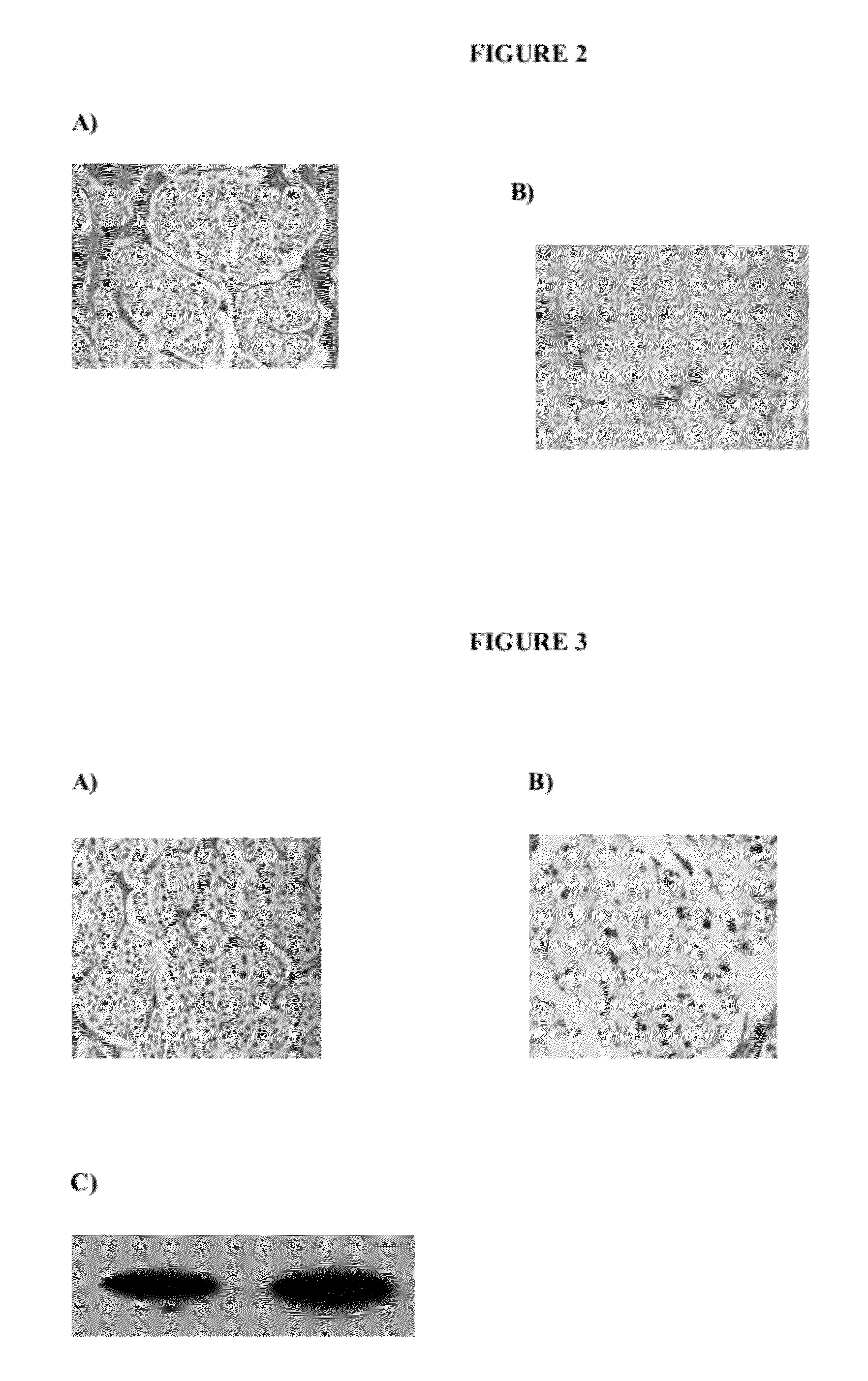Photosensitizer composition for treating skin disorders
a technology of skin disorders and compositions, applied in biochemical instruments and processes, biocide, medical devices, etc., can solve the problems of insufficient depth of penetration of photosensitizers, damage to plasma membranes as well as mitochondrial structures, cell death by necrosis and apoptosis,
- Summary
- Abstract
- Description
- Claims
- Application Information
AI Technical Summary
Benefits of technology
Problems solved by technology
Method used
Image
Examples
example 1
Preparation of a Stable 5-Aminolevulinic Acid Solution
[0051]The components used for preparing a 5-ALA solution and their relative proportions, are given in Table 1.
TABLE 1Quantity AddedFinal QuantityIngredient(% by weight)(% by weight)5-Aminolevulinic acid hydrochloride 20.00% 15.00% Glycolic Acid 1.0% 2.0%Lactic Acid 1.0% 5.0%Sodium Hyaluronate 0.5% 1.0%Sodium Lauryl Sulfate 0.5% 0.5%EDTA 0.5% 0.5%Glycerin3.00%3.00%Cremophor A 251.00%1.00%Lidocaine (dissolved in Buffer) 1.0% 2.0%Brij-35 (polyoxyethylene) 0.5% 1.0%Water (ultra pure)69.0%49.0%Sorbitol, 70% 0.5% 0.5%Isopropyl Alcohol (70%) 1.0% 1.0%Polyviny Alcohol 0.5% 0.5%Buffer pH 7.120.00% 20.00%
[0052]In making the composition, the steps were carried out while excluding light and atmospheric oxygen. The 5-ALA powder was added to 100 mL beaker. The beaker was mounted with the clamp on the magnetic stirrer (High Speed). The 5-ALA was dissolved in water (40 ml) with continuous stirring. To this, the appropriate amounts of ingredient...
example 2
Effect of 5-ALA on Cell Viability
[0054]Human glioblastoma U87MG cell line was purchased from the American Type Culture
[0055]Collection (Manassas, Va., USA). Cells were grown at 37° C. in 75-cm2 flasks containing 10 ml of 1× RPMI 1640 supplemented with 10% fetal bovine serum (FBS) and 1% penicillin and streptomycin (GIBCO-BRL) in a fully-humidified incubator containing 5% CO2 and 95% air. Following trypsinization using a trypsin / EDTA solution, cells were serially passaged to achieve about 80% confluency. Then, cells were incubated in a low serum condition (1% FBS) for 24 h prior to any treatment and maintained in this low serum condition during all treatments. Cells were treated with a 1 mM 5-ALA composition as described in Example 1, for 30 minutes followed by PDT with a blue light (400-450 nm) at a dose of 23J / cm2 at 37° C. Control cells were not treated with 5-ALA but exposed to blue light.
Trypan Blue Dye Test for Cell Viability
[0056]Following all treatments the viability of attac...
example 3
Treatment of Acne Vulgaris Using 5-ALA Composition
[0060]Photodynamic therapy with topical ALA composition as described in Example 1 was tested for the treatment of acne vulgaris, in an open-label prospective human study. 22 subjects with acne on their back were treated at 4 different sites with one of the following at each site: ALA plus red light (ALA-PDT), ALA alone, light alone, and untreated control. Half of the subjects were treated once; half were treated 4 times. 20% topical ALA of Example 1 was applied with 3 hr occlusion, and 150 J / cm2 broad band light (550-700 mm) was applied to the treated site. Sebum excretion rate and auto-fluorescence from follicular bacteria were measured before, and at 2, 3, 10, and 20 weeks after treatment. Histologic changes and PpIX synthesis in pilosebaceous units were observed from skin biopsies.
[0061]ALA-PDT caused a transient acne-like folliculitis. Sebum excretion was eliminated for several weeks, and decreased for 20 weeks after PDT; multipl...
PUM
| Property | Measurement | Unit |
|---|---|---|
| wavelength | aaaaa | aaaaa |
| pH | aaaaa | aaaaa |
| weight ratio | aaaaa | aaaaa |
Abstract
Description
Claims
Application Information
 Login to View More
Login to View More - R&D
- Intellectual Property
- Life Sciences
- Materials
- Tech Scout
- Unparalleled Data Quality
- Higher Quality Content
- 60% Fewer Hallucinations
Browse by: Latest US Patents, China's latest patents, Technical Efficacy Thesaurus, Application Domain, Technology Topic, Popular Technical Reports.
© 2025 PatSnap. All rights reserved.Legal|Privacy policy|Modern Slavery Act Transparency Statement|Sitemap|About US| Contact US: help@patsnap.com



